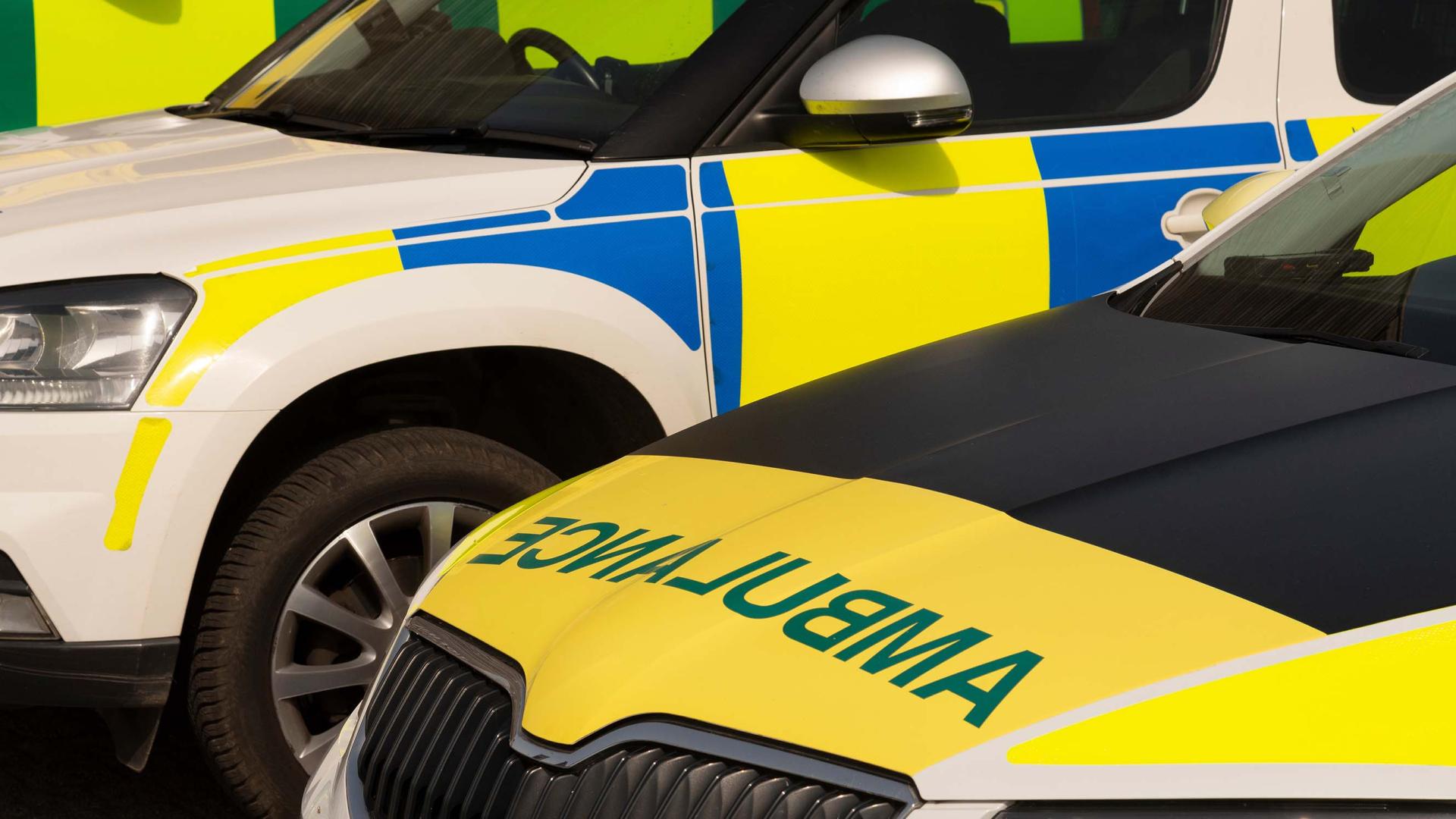The parties’ manifestos — or in the case of Reform UK their contract — are all out. The campaigns are entering the final straight. The finish line is, almost, in sight. But what do the manifestos really tell us about what the next government would spend on different public services? There are lots of numbers floating around but many are close to useless.
Let’s take the public service that, for the good reason of being the largest, often gets the most attention: the NHS. Here we can find several, apparently rather precisely costed, pledges in the offers from the two main parties. For example, the Conservative Party manifesto promises to spend £729 million on mental health services and the Labour Party manifesto promises to double the number of CT and MRI scanners at a cost of £250 million. In total, the Conservatives say they would spend an additional £1 billion on the NHS, and Labour says it would spend an additional £1.8 billion.
Some of the smaller parties proffer bigger numbers. The Lib Dems say they would spend an additional £8.35 billion in 2028–29 to “end the crisis in the NHS and social care”. Reform UK makes pledges to the NHS that it costs at an additional £17 billion a year and that it suggests would be enough to allow us to “enjoy zero waiting lists”. You certainly cannot criticise that for not being ambitious. Unfortunately, even if it were achievable, it would certainly cost more than £17 billion a year.
The Green Party manifesto has right upfront, and before commitments about the environment, a range of pledges to improve the NHS. It argues that these would require an additional £28 billion in 2030, alongside another £20 billion of additional capital spending over the parliament on top of that. So, for sure, some big numbers. Now of course money is not everything but additional funds are likely to help rather than hinder the cause of bringing about a better NHS.
The above suggests that we would get less spending under the Conservatives and Labour than under the other parties that I have listed. But wait a moment: I have referred to these pledges as all being about “additional” spending, a word that appears numerous times in the paragraphs you have just read. Yet inspect the manifestos and you will find that none of the pledges actually say what it is that they are additional to.
I would imagine that when the Conservative Party pledges an additional £1.2 billion in 2029–30 or the Labour Party pledges an additional £1.8 billion in 2028–29 many might naturally think that would be on top of the spending plans that we already have from the current government for that year but those plans do not exist. It has only told us spending plans for individual departments, such as the NHS, through to the end of next March. We do not have spending plans by department beyond next March. A pressing task for whoever is in office after the general election will be to carry out a spending review. This needs to conclude and report before the end of this calendar year.
The lack of a current plan for department-by-department spending — the lack of a baseline — really matters. How else can we get an idea of how much of a difference the offerings from the parties might be expected to make? The present health and social care budget is £192 billion. So the pledge from the Conservatives comes to 0.5 per cent of what we currently spend and that from Labour amounts to 0.9 per cent. Really not a big deal.
The next government will not keep the budget fixed at £192 billion in cash terms. Take the NHS’s (first ever) long-term workforce plan, published last year. This set out the big growth in staff numbers that the NHS needs over the next decade to meet the challenges it faces. It is astonishing that the NHS has had to wait until its 75th birthday before a government has decided that such a plan would be a good idea.
My colleagues at the Institute for Fiscal Studies estimate that to meet the plan could require real spending increases of 3.6 per cent a year. That is not cheap but it could happen: spending on the NHS grew at about that rate, on average, over its first 60 years up to the global financial crisis of 2008.
So what would that mean for the baseline? Funding the NHS workforce plan could mean spending rising from £192 billion this year to something like £240 billion in 2028–29. An increase in spending, in cash terms, in the region of £50 billion. Take that as the baseline and even the big number from the Green Party would fall short of the cash-terms increase that might be needed.
So what will happen? For that we should not look at the numbers in the manifestos but instead read the words. The Conservative Party manifesto lauds that “we have taken the long-term decision to train the staff the NHS needs, by backing the NHS’s first ever long-term workforce plan”. The Labour Party manifesto gives a wholehearted “we will deliver the NHS long-term workforce plan to train the staff we need to get patients seen on time”. So it looks as if both are up for sticking with that plan, even if they do not yet want to fess up about what the cost — and therefore implications for less fortunate departments in the forthcoming spending review — would be.
If I am right, whoever is prime minister and chancellor following the election will find that they have signed up to genuinely big NHS spending increases. Maybe they will not increase the NHS budget by as much as £50 billion but by the end of the parliament I am confident that spending on the NHS will have risen by much more than the “additional” amount in the winning party’s election manifesto.
This article was first published in The Times, and is reproduced here with kind permission.










